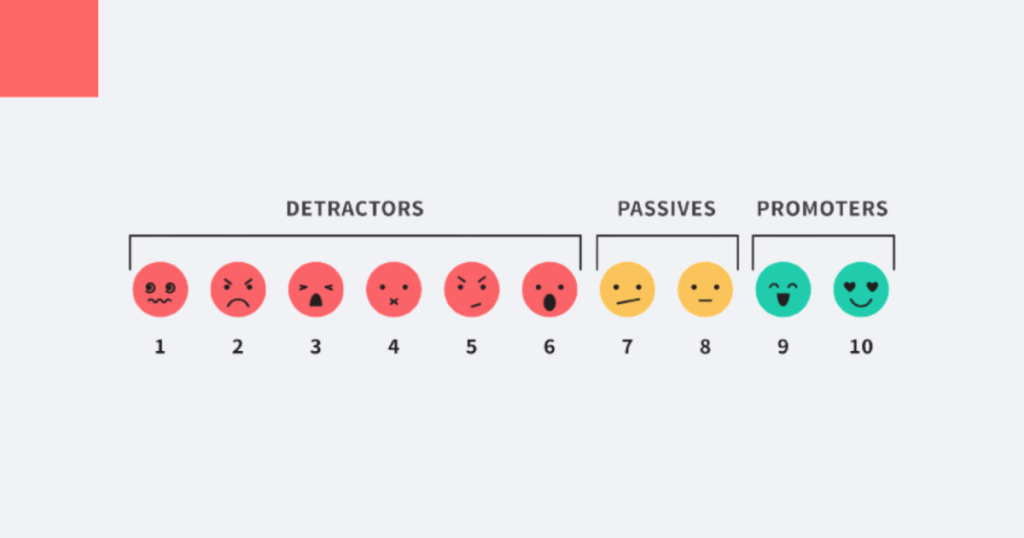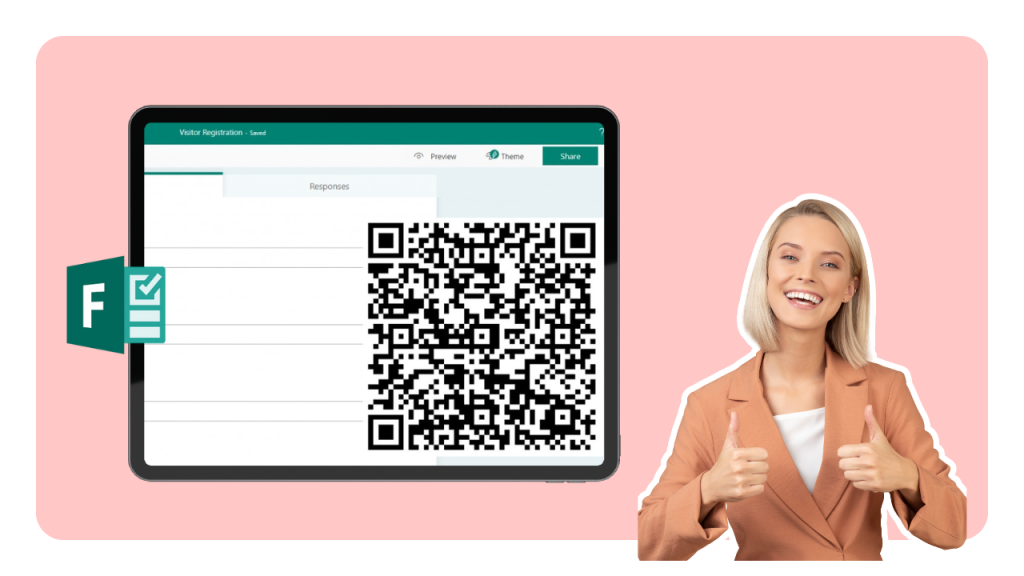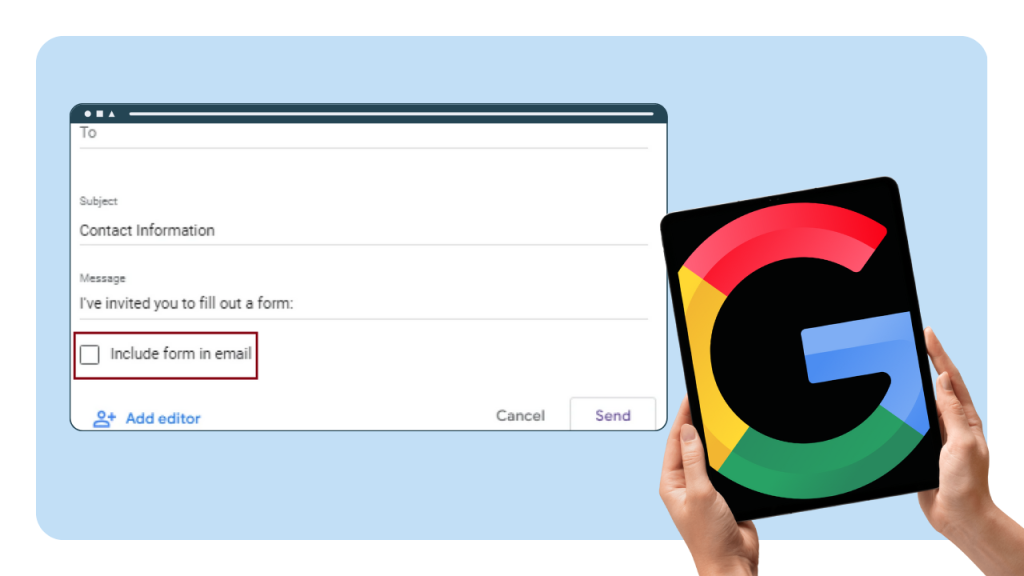Which kind of customer is most important to your business? Is it someone who’ll sing your praises to their friends? Or is it the ones who’ll share their bad experiences with anyone who listens?
If you’ve never heard of Net Promoter Score (NPS), the answer might surprise you. The truth is, all customers can be valuable to the business if they’re handled correctly. Wish to get to know your business's Net Promoter Score? Simply start a NPS survey campaign.
Turning critics into customers isn’t easy, but it can be helpful for your reputation, brand, and bottom line.
What Is Net Promoter Score (NPS)?
NPS is a measure of how many of your customers promote you versus how many criticize you. You could also call it your brand loyalty score. You find this out by conducting an NPS survey.
You can integrate this with other marketing survey questions. The key question for an NPS survey is “How likely are you to recommend our brand? Please give a score of 1-10.” Then you categorize the responses by the scores they give, like so:
Promoters (Score: 9 or 10)
Promoters are those who give the highest responses possible. These are your most loyal customers and will recommend your brand regularly. It’s important to treat these customers with care, but active management isn’t as necessary as with lower scores.
Passives (Score: 7 or 8)
Passives score 7s or 8s - these represent customers who are generally neutral towards your business, for example, habitual buyers. These customers won’t recommend your brand, but they won’t hurt your reputation either.
Passives may not be thrilled with your product, but they’re not unhappy. Often, passives are surprisingly difficult to turn into promoters. They had a satisfactory or even good experience with your brand. But they’re not engaged enough to promote you.
Without more information, it’s hard to pinpoint how to turn a good experience into a great one.
Detractors (Score: 0 to 6)
Detractors are anyone who scores 0-6 on your survey. They’re unsatisfied with your business, product, or service. However, they still value your business enough to give feedback. Even if the feedback is negative.
Detractors are still important to your business. If they care enough to give feedback, then a good future experience can still turn these people into satisfied customers.
To calculate NPS from your survey results, you need to take the percentage of detractors away from the percentage of promoters. (Passives are left out of the equation.)
Net Promoter Score = % of Promoters - % of Detractors
If the number of detractors outweighs the number of promoters, NPS becomes negative. Negative NPS scores should be addressed immediately as this will hurt the long-term health of your business.
NPS is often analyzed alongside customer satisfaction questions to gain more insight into the issues that detractors care about.
Why Does NPS Matter?
NPS is the best indicator of long-term customer loyalty. A positive NPS means you’ll see an increase in repeat business and gain more positive reviews. A negative NPS means you’ll see increased customer churn and more negative feedback.
Negative NPS, or many detractors, can have a devastating effect over time. Customers who have a bad experience won’t return to your products. According to Forbes, 73% of customers say a good experience is a key factor in their brand loyalty.
Obviously, a large number of customers having a bad experience is going to hurt your revenue. That’s not all though. As we mentioned, detractors will often leave negative feedback. Online reviews, Yelp scores, Trustpilot scores - detractors can hurt your reputation.
Conversely, loyal customers (your promoters) are five times more likely to be repeat customers. They’re also four times more likely to recommend you.
The financial implications are clear. In the U.S., $1.6 trillion a year is lost from customers switching brands due to poor service. These figures are backed by other sources, too.
7 Effective Ways to Improve Your NPS
The value of turning detractors into satisfied customers cannot be overstated. Getting rid of negative feedback and encouraging return business is a win-win. Here are the best ways to improve your NPS.
Actively Seek Feedback
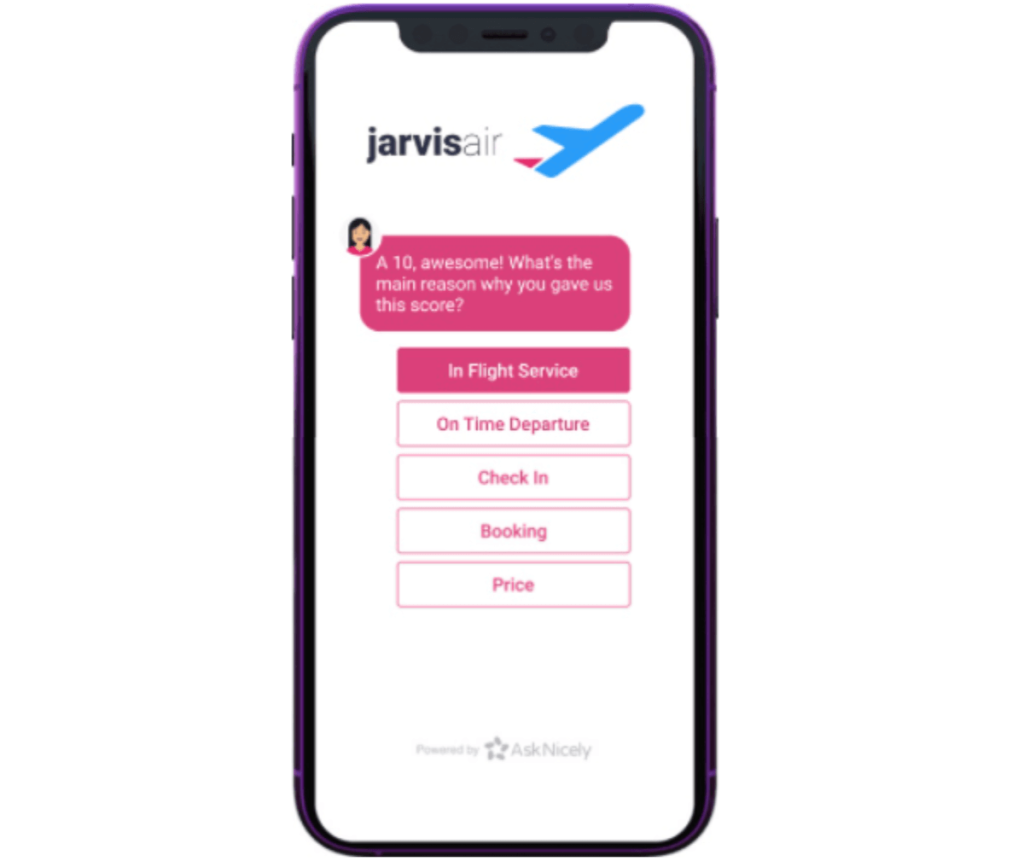
When and how you source feedback is important. Any customer satisfaction or NPS survey should be convenient for the customer. Otherwise, you may be piling one bad experience on top of another. An example of a company that provides surveys to assess customer satisfaction is Ask Nicely. It offers straightforward surveys to score, benchmark, and track your NPS.
Short survey requests that come along with purchase confirmations are common. Always ensure that software or web-based surveys load properly and work well. If a survey is slow to load or displays incorrectly, response rates will drop.
Sending feedback requests like this means you get detractors' responses before you lose them. This gives you a chance to identify and address issues that occur up to the point of sale.
Proactive Complaints Procedures
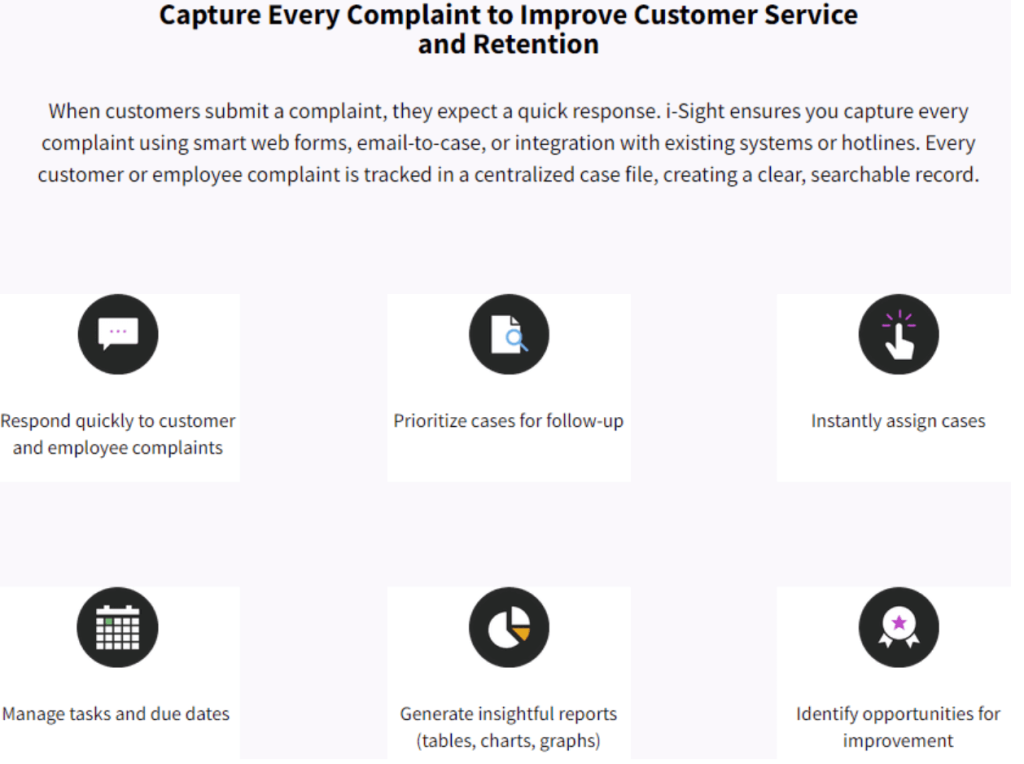
Resolving complaints in a timely manner is crucial for customer satisfaction. Most customers understand that problems happen occasionally. How you deal with those problems matters. Managing customer complaints can be aided with the use of online tools such as i-Sight.
If you put the customers first, listen and resolve their issues quickly, then you can turn a bad experience into a good one. A good EDI system can help with this. It gives you the ability to exchange documents and information with clients quickly. Learning more about what is EDI system is always a smart move.
Dealing with complaints shouldn’t stop when you’ve resolved the issue for one customer. A proactive complaints team will identify common issues and collaborate with colleagues to update procedures.
This way, you stop complaints at the source and prevent further dissatisfaction caused by recurring issues. Inform your customers when you’ve improved processes and encourage further feedback.
The Human Touch
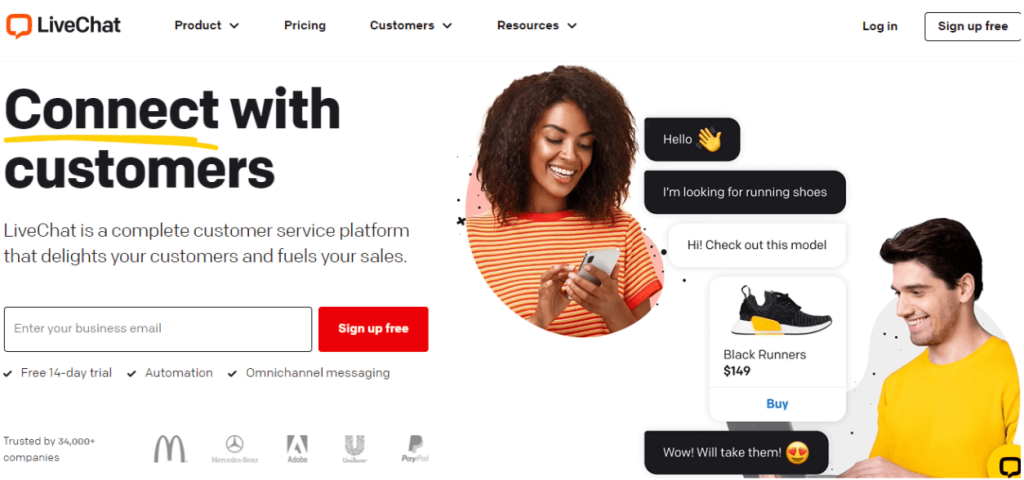
Automated solutions like call queue software, chatbots, and automated phone services have saved businesses thousands of dollars. Overly relying on this kind of automated service can be a source of dissatisfaction, though.
An automated service should always have an option for human interaction. A dissatisfied customer looking for help is unlikely to find it in an automated menu. Giving them an option to speak to a human representative can be much more effective. LifeChat is a company that can be used for this and is trusted by many large brands, such as McDonalds and Mercedes Benz.
Learn, Grow, and Change
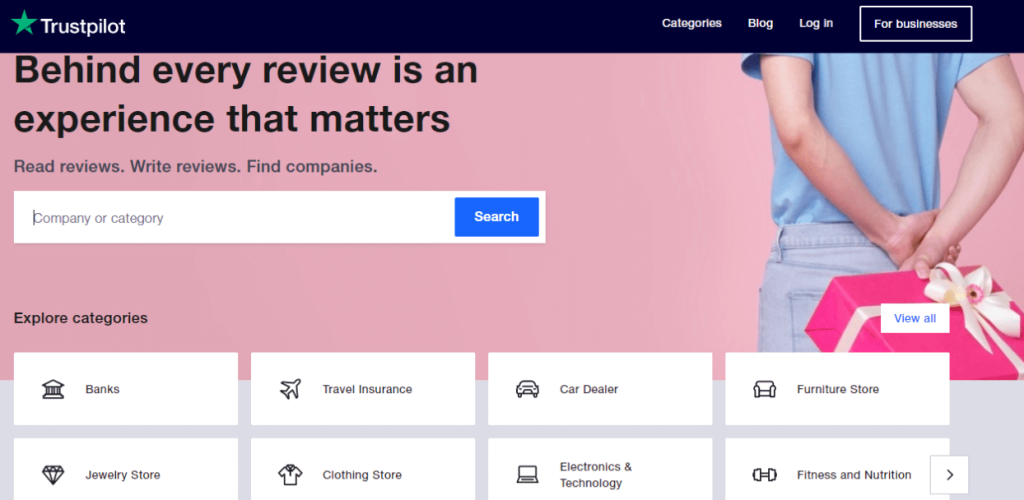
Accepting negative feedback is difficult. You need to acknowledge that every business has weaknesses. Identifying those weaknesses and improving them is the best way to grow. Negative feedback is only useful if it’s used to improve processes and services.
It’s fine to make mistakes, but you should never make the same mistake twice. If you’ve a glitch with your automatic call distribution software, fix it, or find a new solution. Don’t expect anyone to tolerate sub-par systems.
A company that caters for a wide range of industries regarding customer reviews is Trustpilot. That’s a useful tool for finding out the good, the bad, and the ugly about your business so you know what you’re doing right and what needs to be improved.
Set Expectations
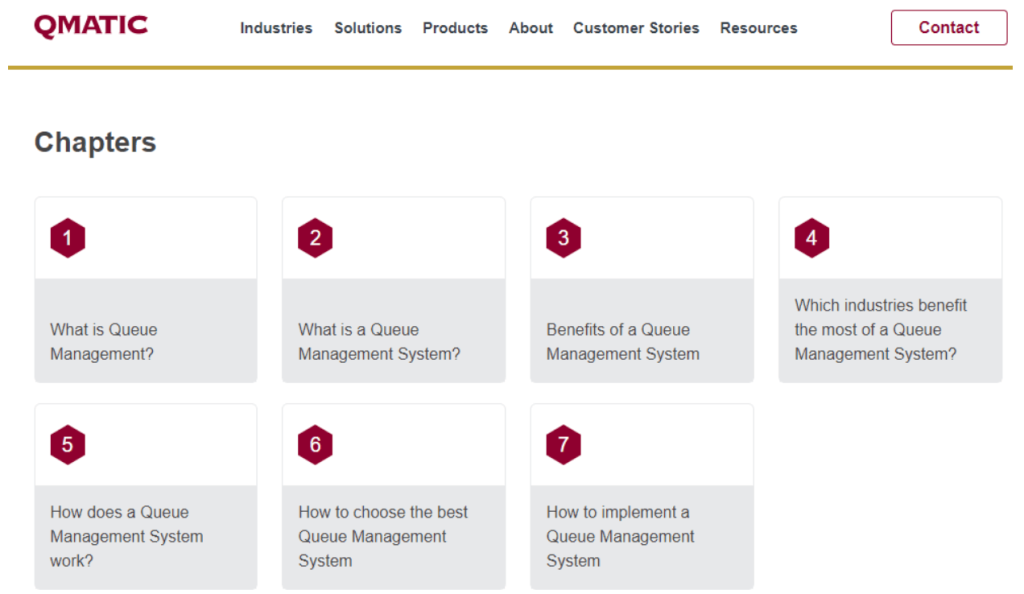
Managing expectations is vital in customer service. Overpromising and under-delivering always lead to dissatisfaction. If you’re realistic with your customers, you’ll find that satisfaction generally improves.
For example, if you run business call center services then being upfront about your wait times can reduce complaints. You can improve this further by clearly stating the busiest and quietest times for customers to call. A company such as Qmatic can help you to figure out waiting times so that you can accurately inform your customers.
Value Your Customers
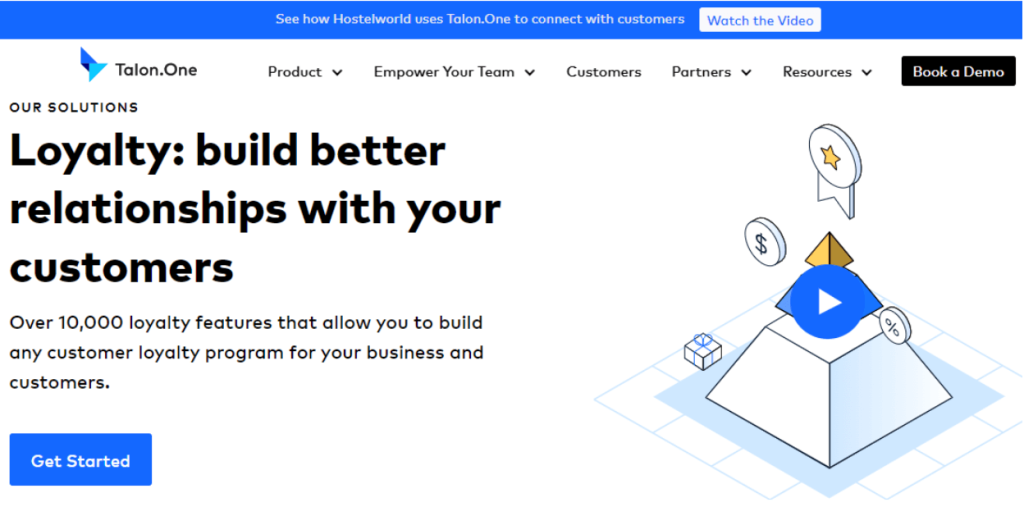
Sometimes, just resolving an issue isn’t enough to turn a detractor into a promoter. Customers want to feel like their feedback matters. If you report back to customers on the changes you make based on feedback, you're telling them you listened.
Customer retention strategies, like product retargeting emails, can help with conversions. They don’t necessarily improve customer satisfaction, though. Think about the individual customer’s needs.
When customers feel valued by a business, they’re more likely to recommend you and return to your business. Remember, the number one reason customers switch brands is that they feel unappreciated.
To help your customers feel valued, you could set up a loyalty program, which is beneficial for both you and your customers. Your customers get rewarded for purchasing items or services from you, and your sales increase. A company that can help you set up and personalize a suitable loyalty program is Talon.One.
Know When to Quit
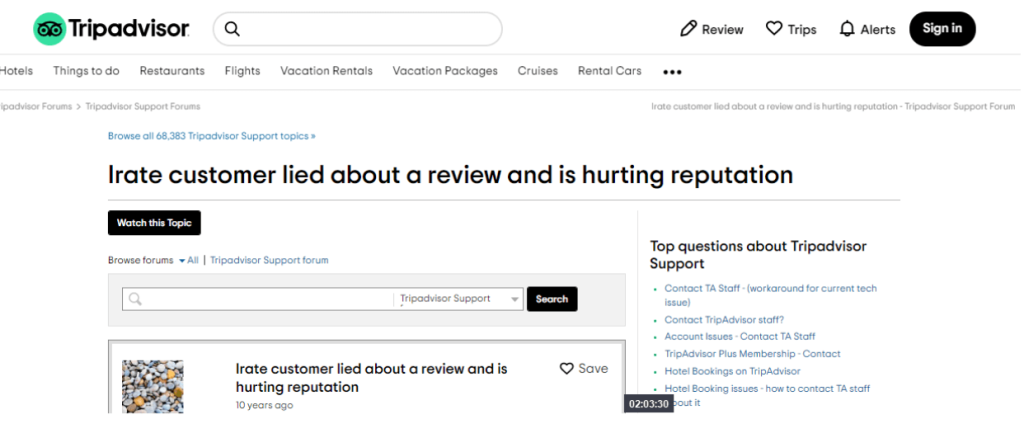
Not every detractor can be turned around. Recognizing when to cut your losses is important too. Some customers' wants and needs will run contrary to others.
If you own a hotel or restaurant, customers can leave a review about your business on websites like TripAdvisor. This may include reviews containing false information. You understandably would be upset if someone left such a review about your business containing negative information, but, hopefully, potential customers will see that the majority of your customers think otherwise.
Upsetting a large portion of your customer base by implementing feedback from one negative outlier will do more harm than good.
You need to be able to recognize when a customer is just incompatible with your business model. You still need to make sure you treat these customers with respect to avoid reputation damage.
Final Thoughts
You’ll never make everyone happy. That’s like expecting to go through life getting on with everyone. It’s unrealistic. How you deal with all customers can make a big difference to overall customer satisfaction.
Like any other business metric, your NPS isn’t as important as what you do with the information. Implementing change where needed and feeding back to customers is essential.
Author
John Allen is the Director of SEO for 8x8, a leading communication platform with integrated cloud call center, voice, video, and chat functionality. John is a marketing professional with over 14 years experience in the field, and an extensive background in building and optimizing digital marketing programs across SEM, SEO, and a myriad of services.
